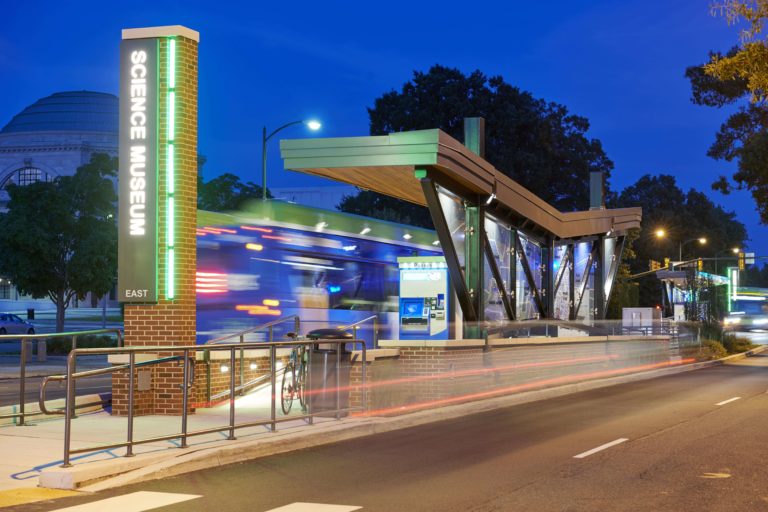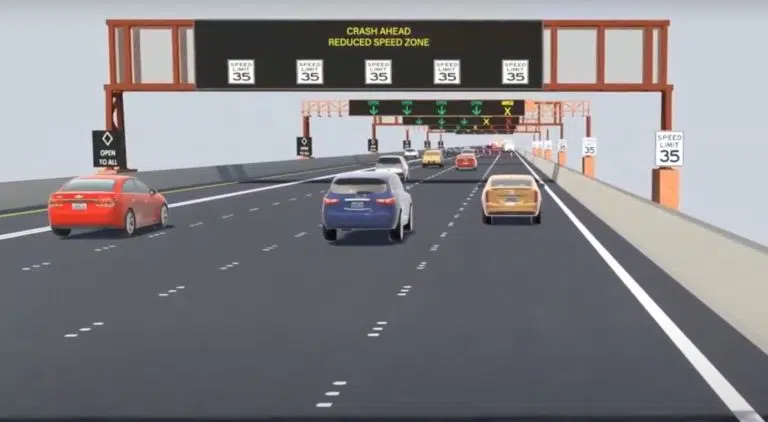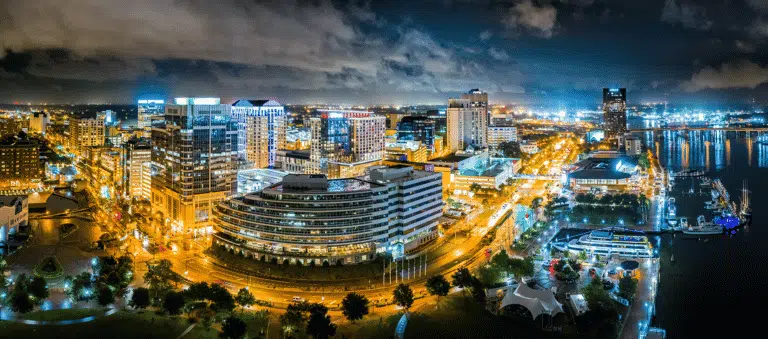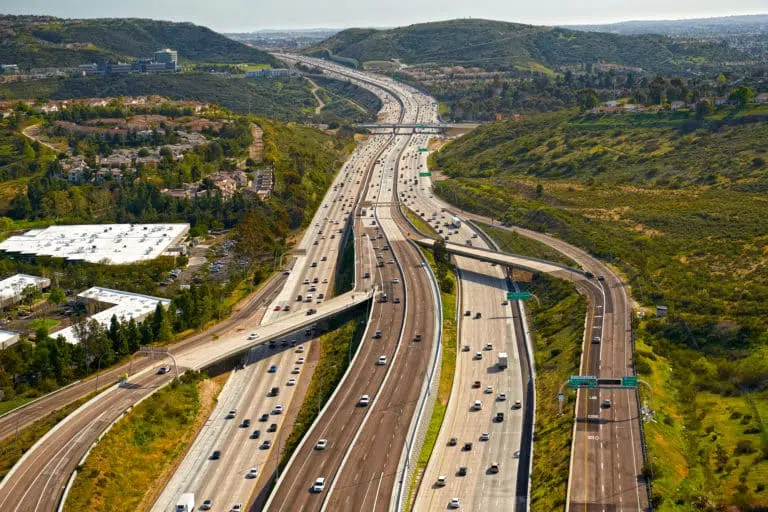Learn how Kimley-Horn partnered with Virginia Department of Rail and Public Transportation (DRPT) to use quantifiable data...
Transit for All
Provided six miles of rapid, reliable transit in Chula Vista stretching from Escondido to the Otay Mesa Border Crossing for otherwise underserved communities
Community Outreach
Collaborated with the Chula Vista communities to identify needs and bring comprehensive solutions
Improved Access
Upgraded amenities, including new high-capacity buses, distinctive stations, and multimodal connections for users traveling in both the US and Mexico
The San Diego Association of Governments (SANDAG) and the San Diego Metropolitan Transit System (MTS) have implemented more than 26 miles of comprehensive rapid transit throughout the San Diego area as a new initiative to provide the community with reliable transit service. At the heart of this project is the South Bay Bus Rapid Transit, six miles of continuous dedicated guideway stretching from Escondido to the Otay Mesa Border Crossing. Kimley-Horn worked closely with SANDAG and MTS to design and implement this integral section. Transit users from the US and Mexico are provided with improved transit access, upgraded amenities including new high-capacity rapid buses, distinctive stations, and enhanced multimodal connections.
Kimley-Horn guided CEQA environmental planning, conceptual design, and preliminary engineering throughout all segments of the project. Final design, construction support, and phasing for the Otay Mesa International Transit Center and the East Palomar Street center-running guideway were also completed by our team.
Involving the Community for a World-Class Transit Experience
A prime focus of this project was providing rapid transit services to the high-density, mixed-use smart communities in Eastern Chula Vista. Designing right-of-way for the dedicated bus guideway and station resulted in the integration of new and existing plans for the Otay Ranch Master Planned Community. The existing plans had been in motion since the 1990s.
A multi-year planning process ensued to deliver a world-class transit experience. Coordination required careful planning of project phasing and scheduling, including specific conditions in the special provisions regarding conduct of the contractor’s work at each area and location. Several challenges arose during design due to the overall length of the transit system and impact to surrounding communities, resulting in a comprehensive community outreach program to communicate with the client, businesses, residents, commuters, and visitors.
Developing Guideway Design Standards
In support of SANDAG’s vision, Kimley-Horn led the development of the following guideway design standards:
- Rapid station design standards and layouts
- Transit priority intersection and controller criteria and design
- Roadway modifications and standards
- Custom ranch-themed rapid shelter design
- Low-profile safety barriers to protect station users
- Station amenities and signage
- Right-of way mapping and acquisition
- Electrical and communication design
Traffic signal priority between intersections provided unique challenges due to varying guideway terrain and the variable speeds of buses. The development of check-in and check-out detection at each intersection was created along with special signal controller programming and full fiber-optic communications. These tools worked to ensure intersections were prepared to allow rapid buses to proceed through intersections without delay.





